Consulting tree architect, Barry Gush of Sun Trees, recommends six of the most beautiful indigenous flowering trees
1. DAIS COTINIFOLIA (pompon tree)
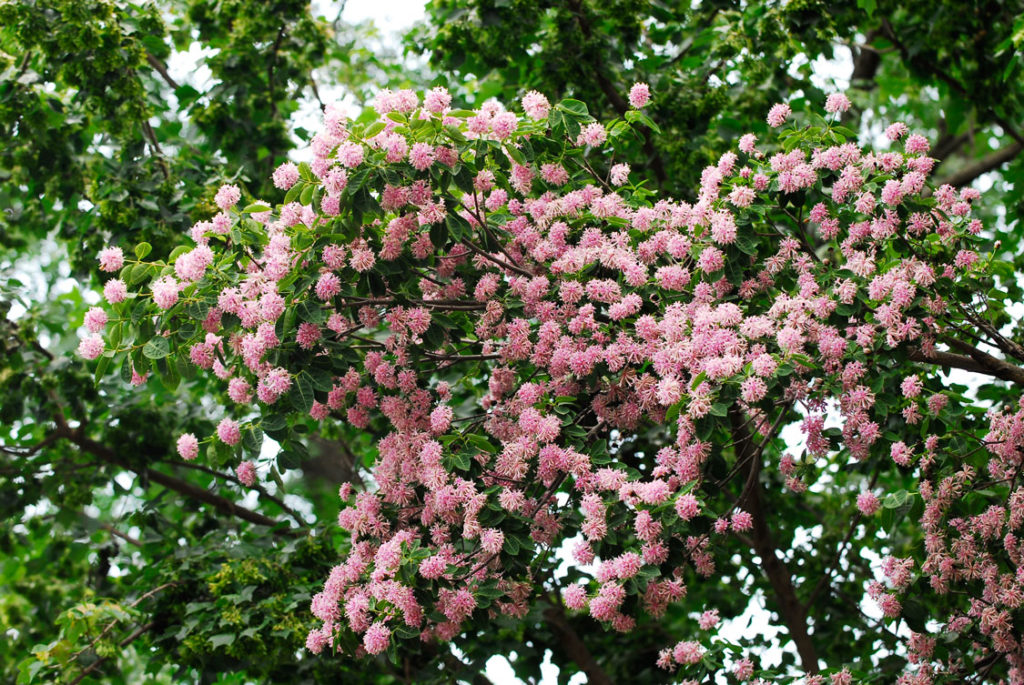
One of our best-loved indigenous trees, Dais cotinifolia is an unforgettable sight from November to December when it’s covered in a cloud of soft-pink fluff balls. The new flower buds look like lollipops with big round heads on thin stems carried at the end of the branches. Once the buds burst open, the small, tubular flowers in tight bunches are revealed. The tree is fast growing, and once established, is fairly drought resistant and frost hardy. The pompon tree is deciduous in very cold parts of the country, but in milder climates only loses its leaves for a very short period at the end of winter.
2. BOLUSANTHUS SPECIOSUS (tree wisteria)
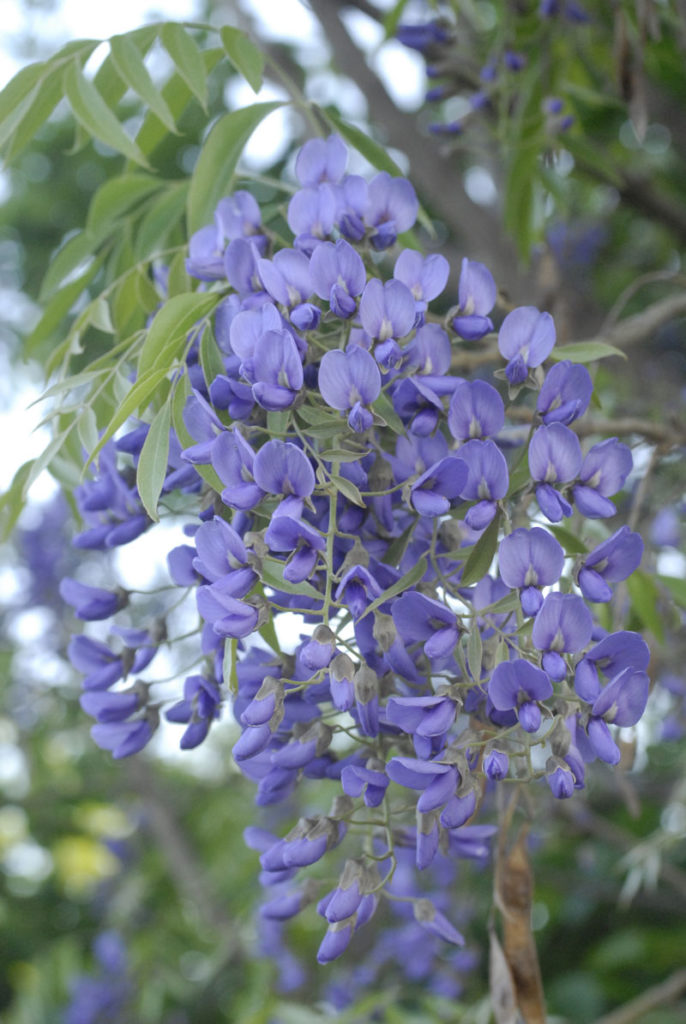
This graceful tree lives up to its name, as speciosus means beautiful or showy in Latin. In spring and early summer, it’s covered with fragrant, blue-violet flowers that hang in bunches. Although it’s deciduous, it only loses its foliage for a short time. Drought hardy, frost resistant and a non-invasive root system make this a beautiful pavement tree that also does well in narrow and confined spaces.
3. CALPURNIA AUREA (wild laburnum)
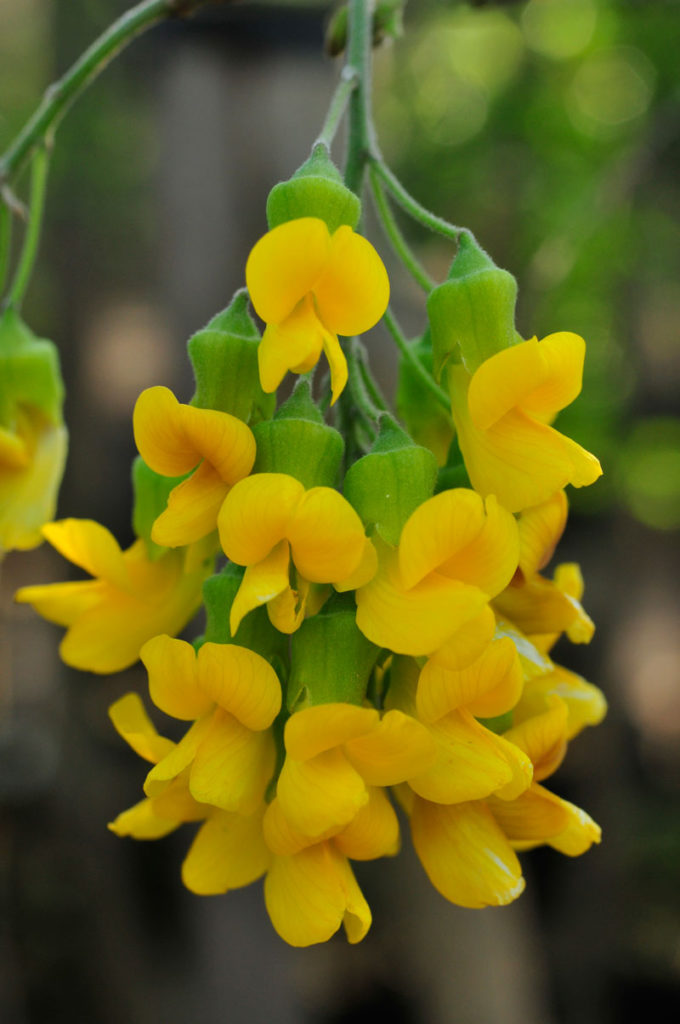
Calpurnia aurea is a multi-stemmed shrub or small, graceful tree with a light, open crown. It normally reaches a height of 2–4m and is fast growing. The light-green foliage has a soft, drooping nature. Evergreen, the tree is best known for its beautiful golden-yellow flowers that grow in abundant, terminal sprays in summer, and to a lesser extent, all year round. The blooms are showy and appear in hanging clusters, attracting birds and insects. Flowering is followed by thin pods which dry quickly, becoming light brownish in colour. Drought resistant and fairly frost hardy, the wild laburnum adapts to a variety of climates and is happy growing in full or partial sun.
4. CALODENDRUM CAPENSE (Cape chestnut)
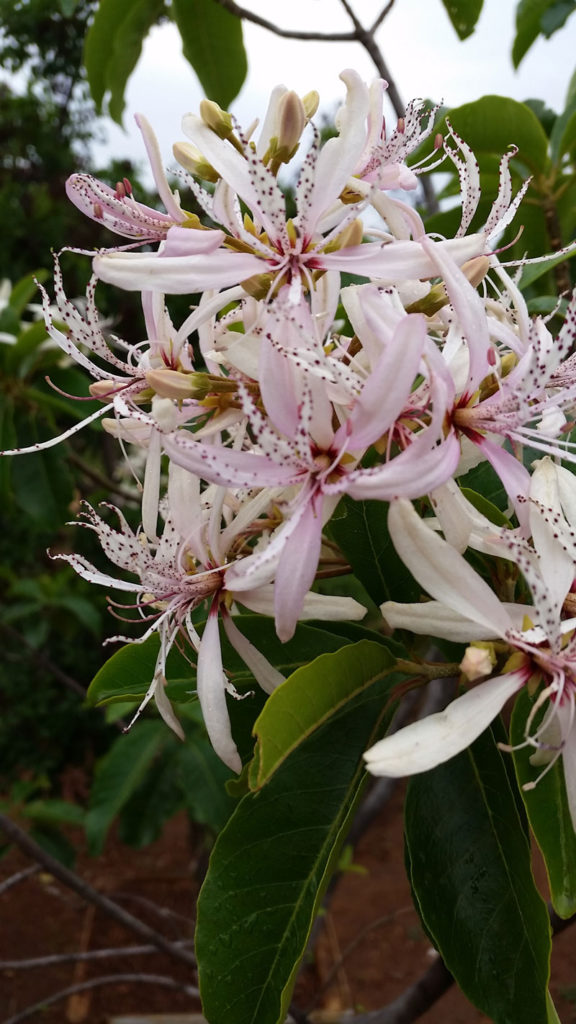
The tall, semi-deciduous Cape chestnut is an exceptional ornamental shade tree. From the streaky white/grey bark on older trees, to the profusion of striking, pink orchid-like flowers, this tree delivers year-round interest. It’s a member of the buchu and citrus family, and the leaves and flowers have a lemony-pine scent. The flowers are carried in large sprays on the tips of the branches from October to December. This superb tree is semi-hardy; it’ll tolerate light frost, but should be protected when young and can withstand moderate drought conditions.
5. NUXIA FLORIBUNDA (forest elder)
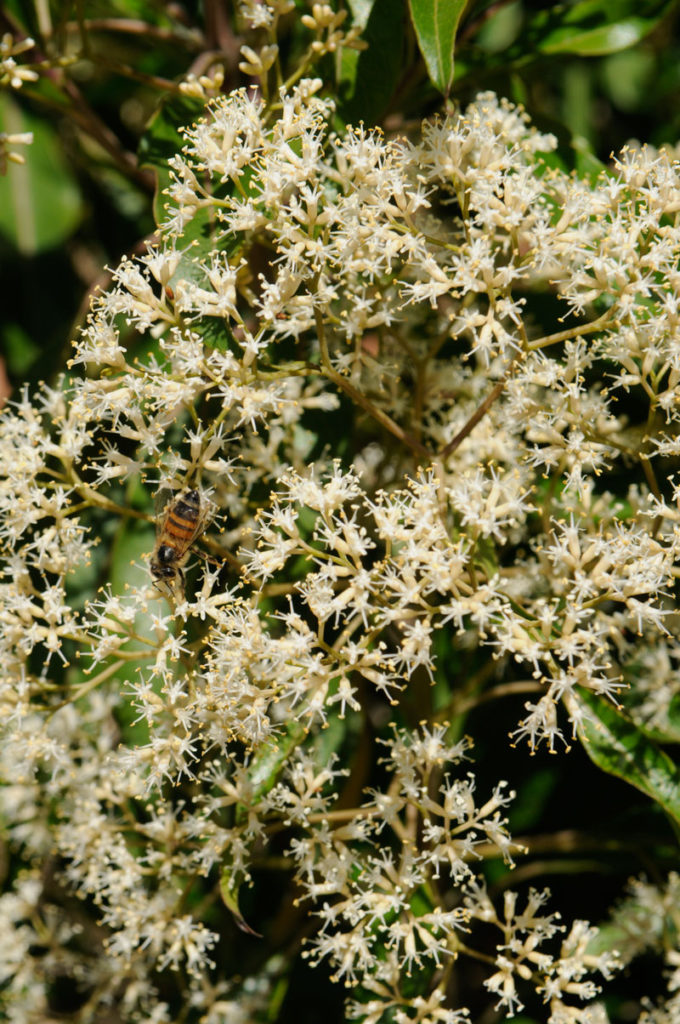
The forest elder is a decorative, evergreen specimen tree. Sweetly scented, creamy-white flower clusters are borne during autumn and winter, attracting a myriad birds and insects. The leaves are shiny green and hang elegantly, trembling in the slightest breeze. This small to medium-sized tree, usually 3–10m tall, is fairly sensitive to frost and drought. It has a lovely dense, rounded crown which contributes greatly to its visual appeal, and with its non-invasive root system and lacy flowers, is becoming increasingly popular as a garden specimen.
6. GREYIA SUTHERLANDII (Natal bottlebrush)
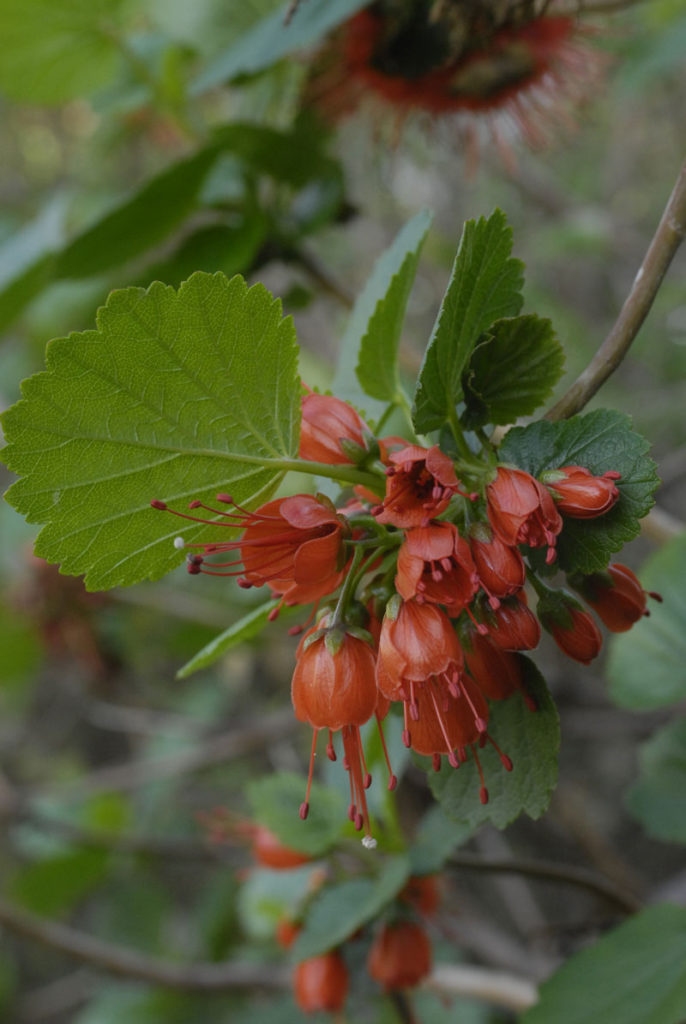
At the end of winter, the deciduous Natal bottlebrush grabs attention with its bright red, satiny flowers. These appear as tightly packed, bottlebrush-like racemes at the end of the branches. This neat, compact tree grows to a height of 3m and attracts insects, bees and birds. The foliage is attractive, changing from dark green in summer to various shades of rust and red in autumn, before dropping to the ground. The sturdy greyia is frost hardy when established, and is also fairly drought resistant. This tree can act as a focal point in the garden, but adapts easily to being planted in a large pot or container.

